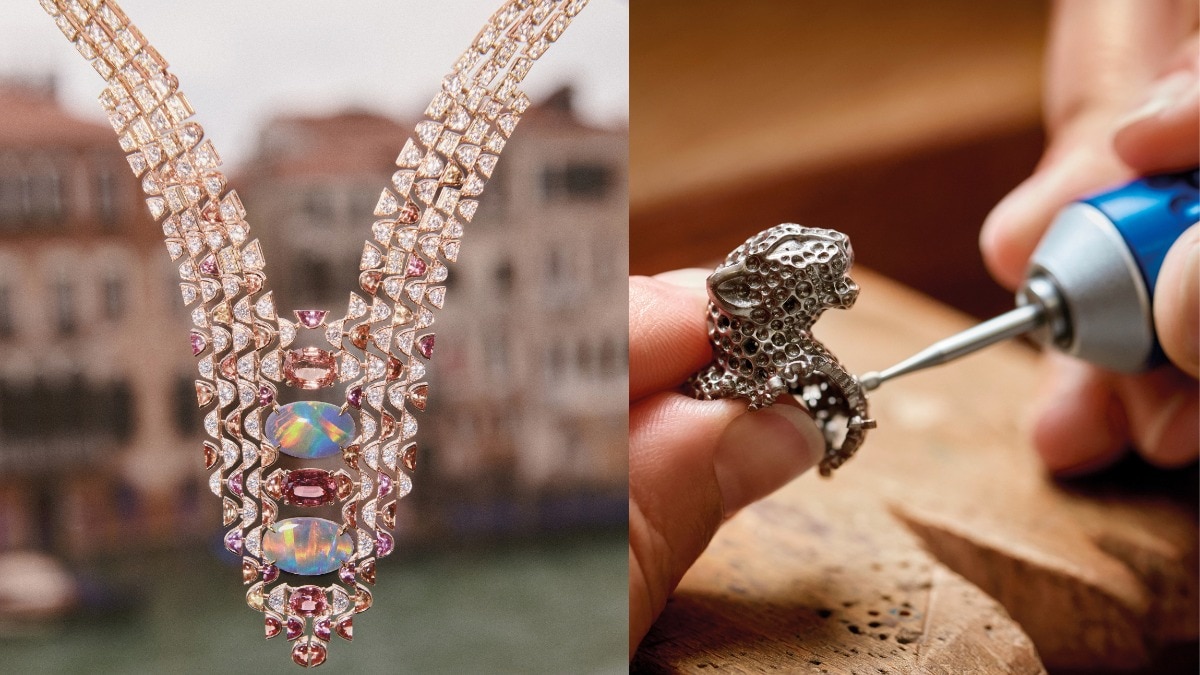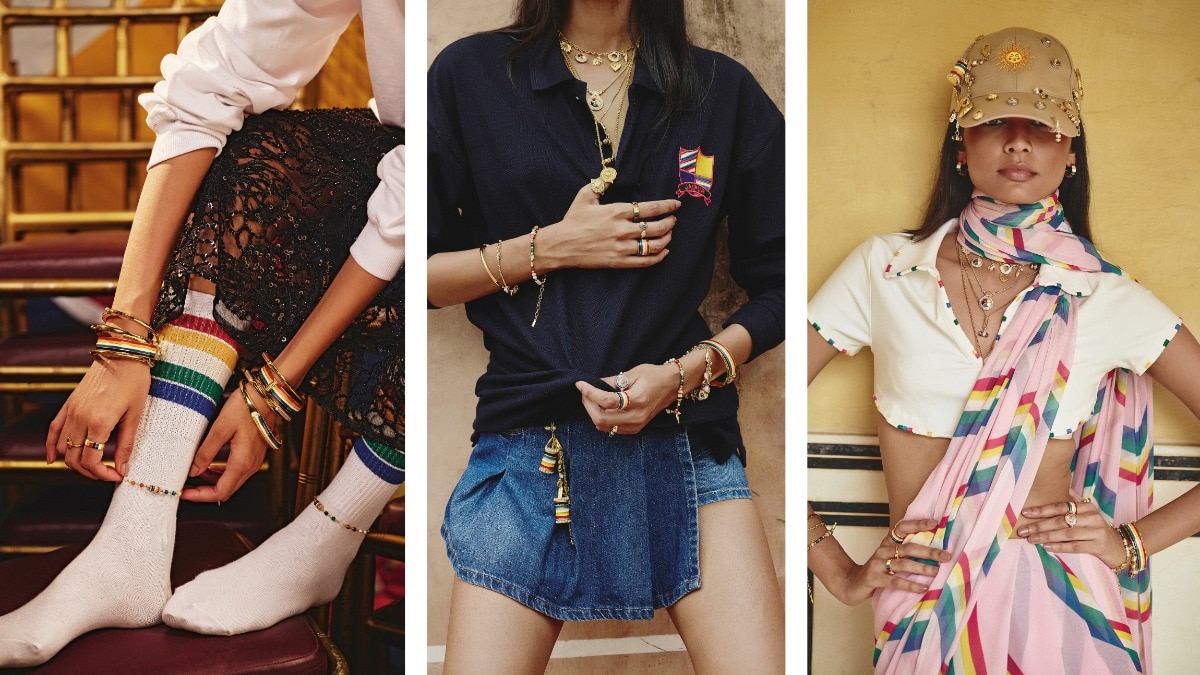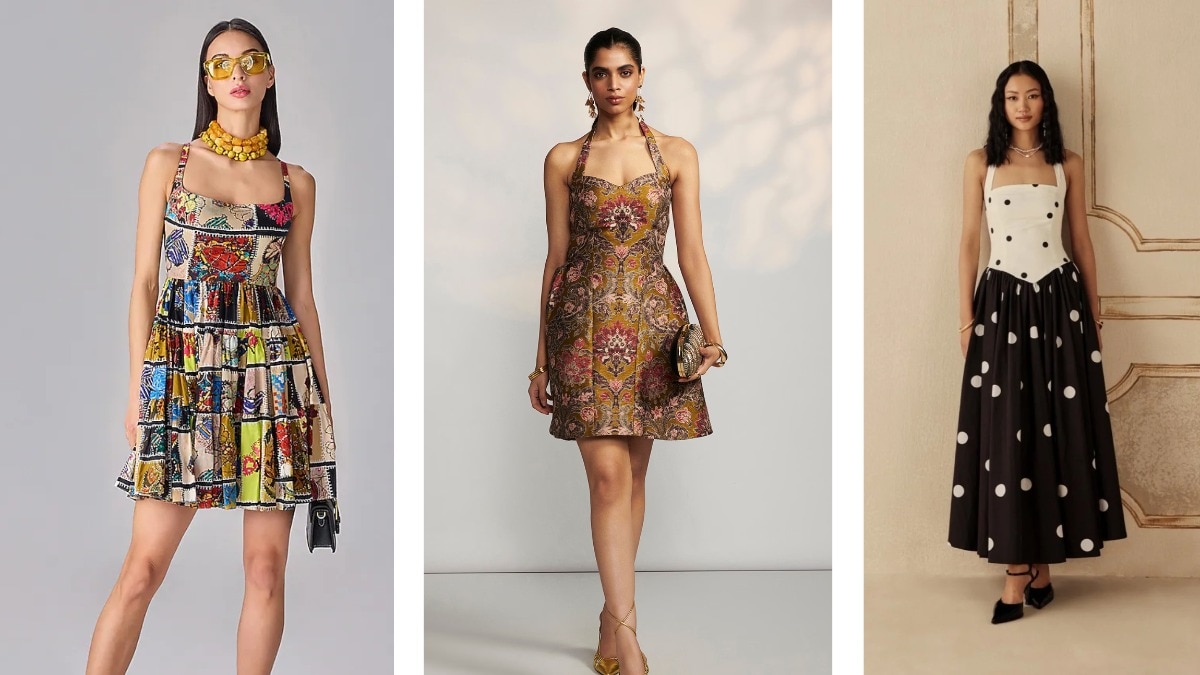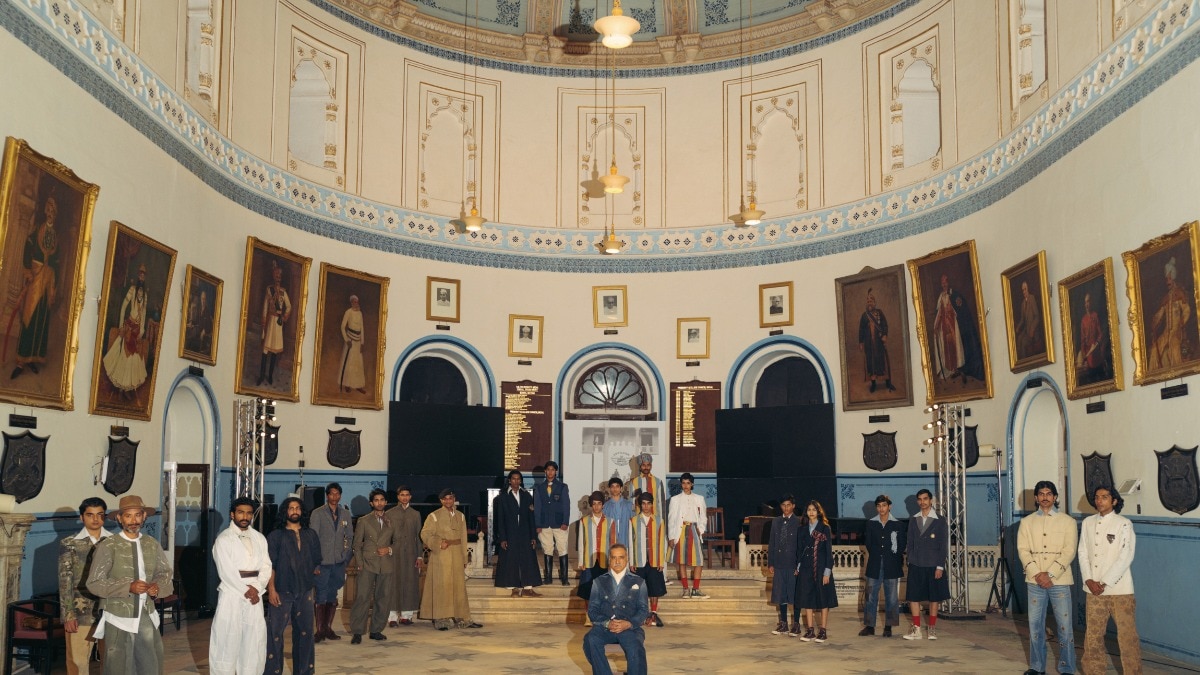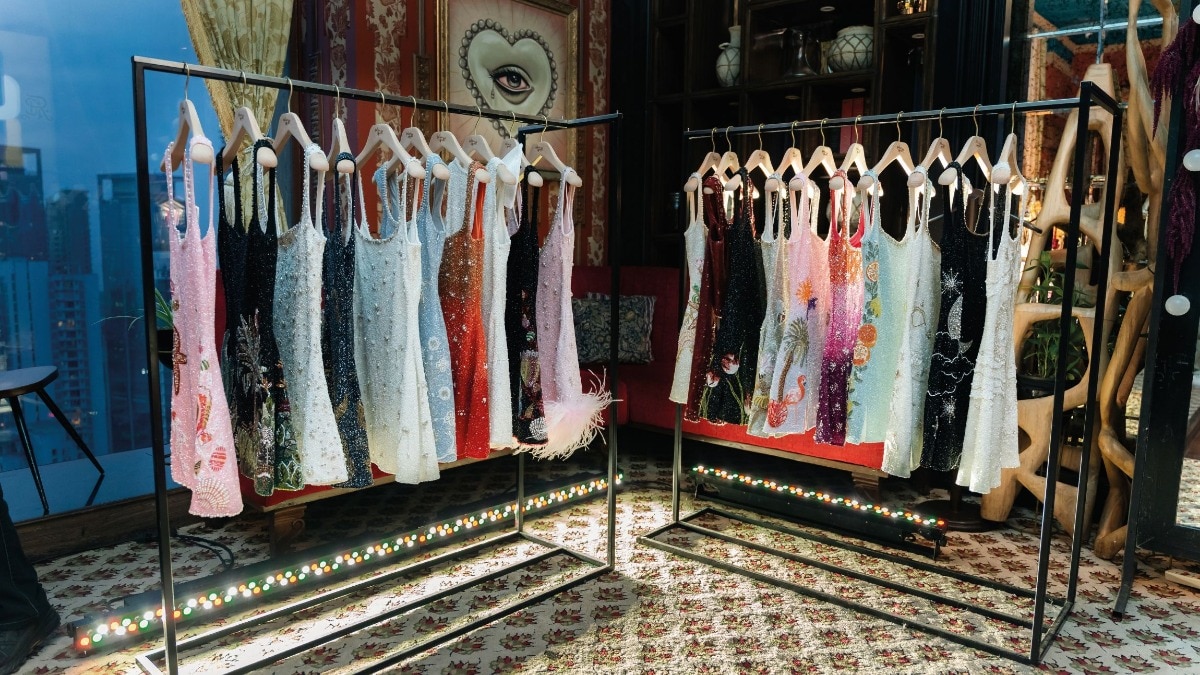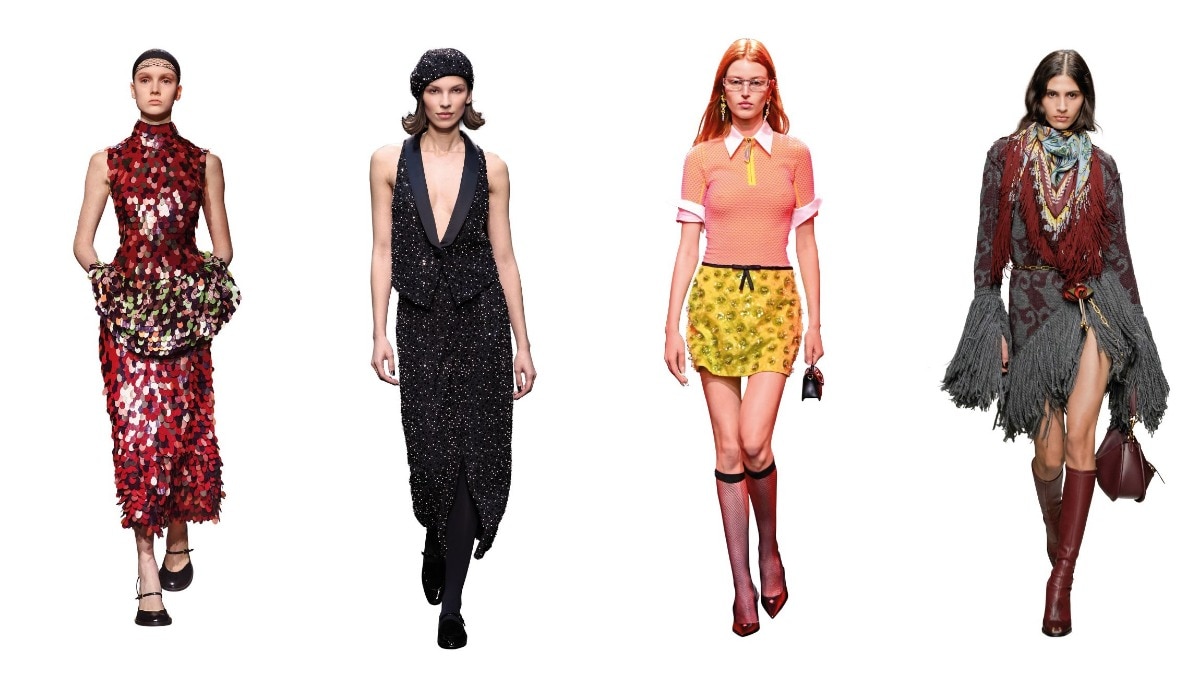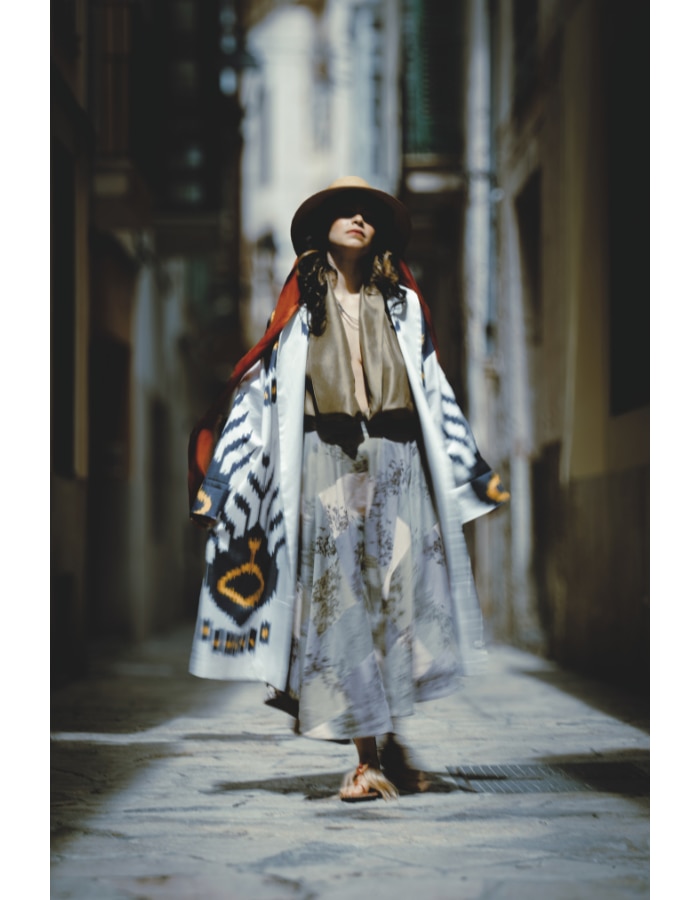
How XTANT is rewriting the rules of craft, community, and commerce
Mallorca’s calling, and the coolest names in craft are answering, swapping souks and showrooms for XTANT’s sunlit, slow-fashion spell.

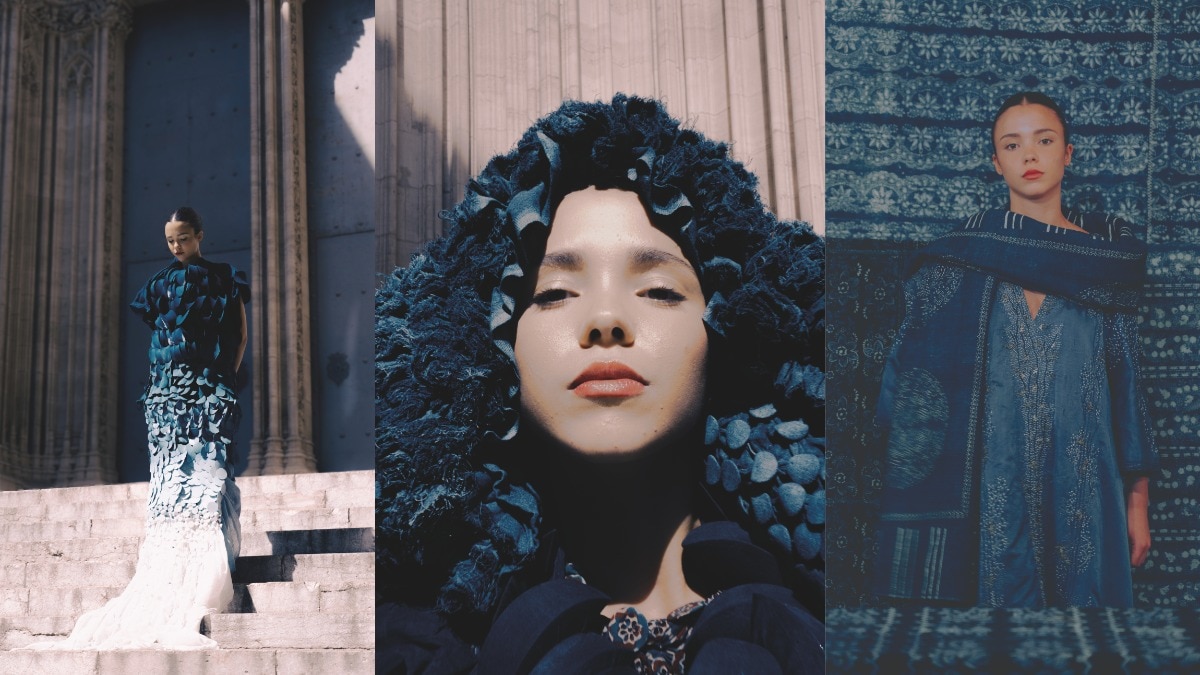
"Marco Polo didn’t go to China in search of cheap tricks,” says Kavita Parmar, designer and founder of XTANT. “He went to discover the best of China. Its culture, traditions, goods that spoke of the hands that make there.” Indeed, we’ve always understood the value of exchanging knowledge and goods across borders.
Parmar isn’t interested in nostalgia or soft-focus ideas of tradition. She’s interested in systems and in rewriting them. And so she founded XTANT, the Mallorca-based gathering of crafts-focused people, in 2019, as a destination where selling didn’t feel like being a sell-out, but rather as feedback that your work was of value. Held every May in Palma at Palau Can Vivot, Spain, it is part salon, part school, part slow-burning revolution. XTANT brings together textile designers, weavers, farmers, artists, dyers, and philosophers. There are no glossy stalls, sales pitches, or tiered booths. It takes its name from the word ‘extant’, meaning that which is still in existence, not destroyed or lost. In that sense, it is a sacred spot, where retail follows only once knowledge has been exchanged.
Parmar, who had previously run her own brand in Madrid, understands the specific issues that arise with a good product sans a proper platform. And how retail ambitions ruin the ‘why’ of conscious brands—a problem plaguing many slow Indian fashion brands.

Silk shirt and cotton skirt, naturally dyed and printed with waste flowers, Kavita Parmar for Adiv Pure Nature; Uzbekistan silk ikat coat, Aleksandra Viktor, hat with ribbons, Ana Lamata; necklace, Saoirse Byrne; leather sandals, Baku Artesanal at Traces of the World
NAMES TO KNOW
That approach breaks the grammar of most fashion-adjacent events, where hierarchy, visibility, and retail potential dominate. At XTANT, a Kutch block printing artisan is seen in conversation with a Parisian curator. A Hiroshima-based dancer-calligrapher sells salt from her ancestral land next to a Hungarian artisan who has revived a dying indigo tradition.
Naturally, where there is conversation about craft, there is India. A flock of craft-committed Indian brands like Adiv Pure Nature, Injiri, Raw Mango, Kashmir Loom, and 11.11 have previously showcased here. This year, it featured names like Rasleela Textiles, Karishma Shahani Khan’s Ka-Sha, Anuj Sharma’s quirky Button Masala, Ladakh-based Namza Couture, along with young brands like 23n69e, Quarter, and Boito.
But it’s the unique confluence of Indian and global names that creates a distinct ecosystem. For instance, Boito’s Odisha ikats stand side by side with Aleksandra Viktor’s Uzbekistan ikats, or Claudia Mendoza’s botanical printing and hand-woven Merino wool next to blockprinted pieces from Ajrakhpur in Gujarat. There’s rigour, not spectacle. But, sometimes there is both.
Indian designer Karishma Shahani Khan, a returning participant, is a buzzy and popular name at the stalls. Her clients arrive dressed in pieces from previous collections. In traditional fashion spaces, wearing the same outfit may incite embarrassment, but at XTANT, it is a sign of shared values. “XTANT is the most discerning audience. I keep returning here not just because sales are good but because these connections to other crafts practitioners are precious,” says Khan.
Today, it is hard to decipher who the products are from if labels and logos are off luxury brands, says Parmar. “An uninspired sameness has crept in,” she rues. The point of different brands was to learn different languages. Today, India’s craft scene serves as an ethnographic museum. According to Parmar, Europe may offer the best of luxury brands, but Indian textiles are at a different skill, and the audience comes ready to learn, devour, and shop at this unique marketplace.
INTENT AND ACTION
A leadership programme runs right before the festival and includes creatives across spectrums. They walk through forests, debate capitalism, and discuss Gandhian economics. There are no panels, only questions. Last summer, Parmar spent a considerable time with environmental activist Vandana Shiva, deepening her own engagement with ecological consciousness. “We’ve inherited so many bad habits,” Parmar says. “Unlearning is the need of the hour.” She talks about the burnout that comes with doing meaningful work in a system that rarely rewards it. Creative work is empowering, but also heartbreaking. For craft-focused brands, even more so—the creative process requires you to access the deepest recesses of your memories for inspiration, and then put in hours of backbreaking handwork, sometimes in collaboration with artisans, sometimes yourself.
So, XTANT serves as a reminder: Revolution takes time. It creates spaces where people can take a deep breath, refill their spirit, and go back into the cynical world knowing this other reality also exists.
A DIFFERENT ROOM
Parmar likens the movement to early Hollywood, when artists like Charlie Chaplin and Marilyn Monroe broke from the studio system to create United Artists. They didn’t want to play by someone else’s rules. XTANT is like that. It’s not waiting for a seat at the table; it’s building a different room. She hopes to bring the conversation to India later this year. “I want people in India to see that they’re not alone in this good fight to keep crafts thriving,” she says. “That there’s a global community working from the same principles. We’re not building a counter-market. We’re building a counterculture.”
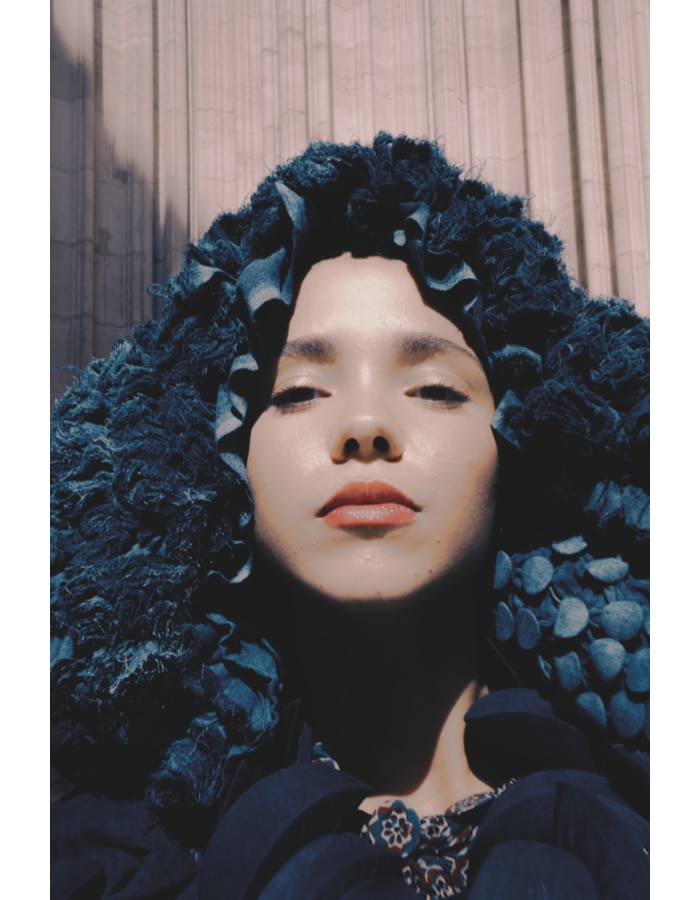
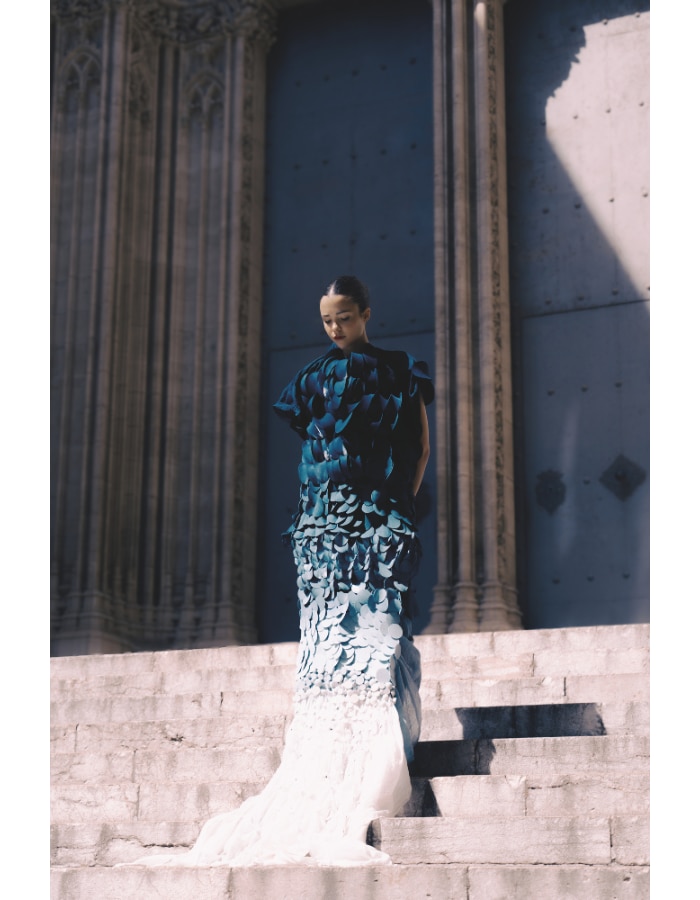
Above two images: Ombré dress, Shreya Saxena using ButtonMasala by Anuj Sharma
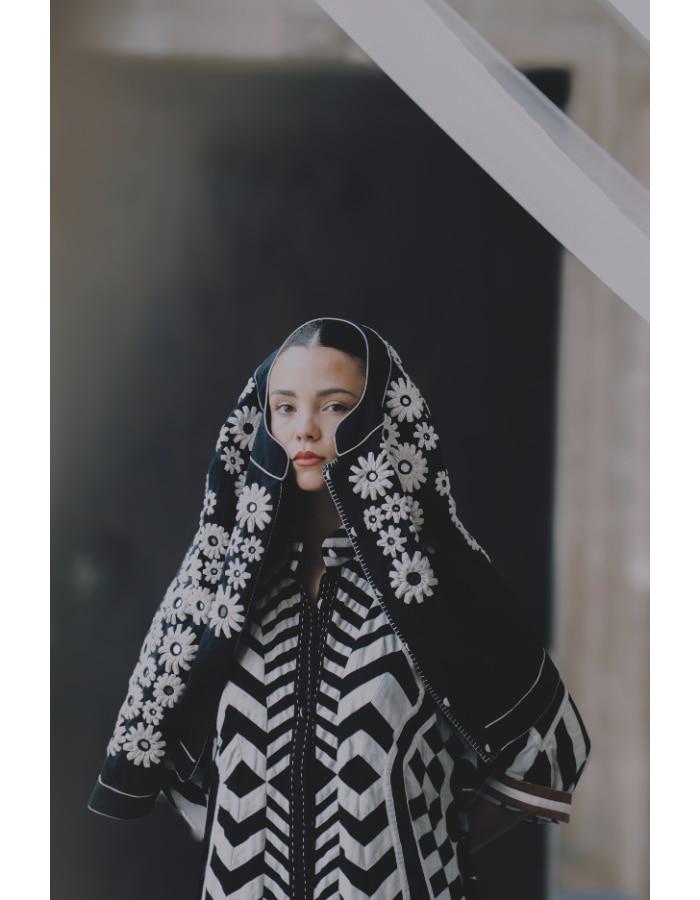
Guldasta hand-embroidered bomber and skirt, Ayna appliqué jacket, all Ka-Sha by Karishma Shahni Khan
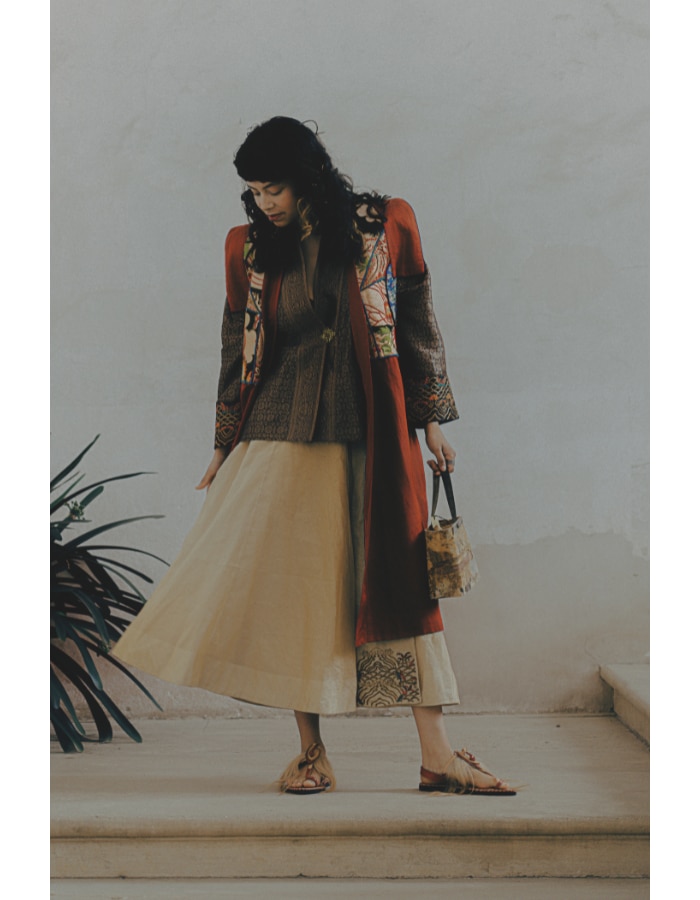
Peacock feather embroidery gyaser Teng Shig jacket, katan silk brocade blouse, and tissue skirt, all Namza Couture; eco-printed bag, Agave Textiles; leather sandals, Baku Artesanal at Traces of the World
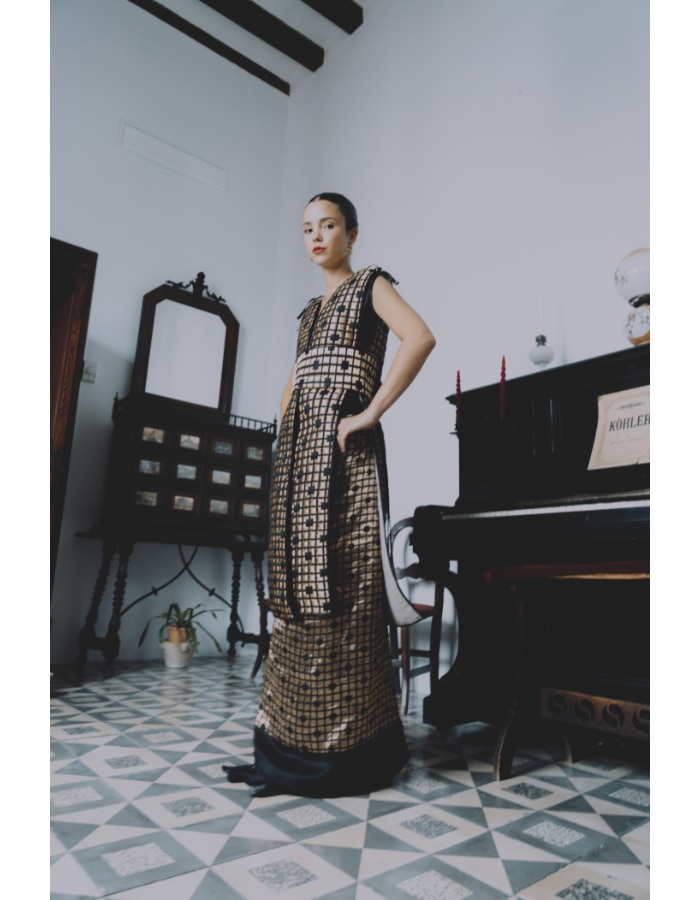
Sabina sari, zari brocade engineered over-layer and belt, all Quarter; necklace and earrings, stylist’s own
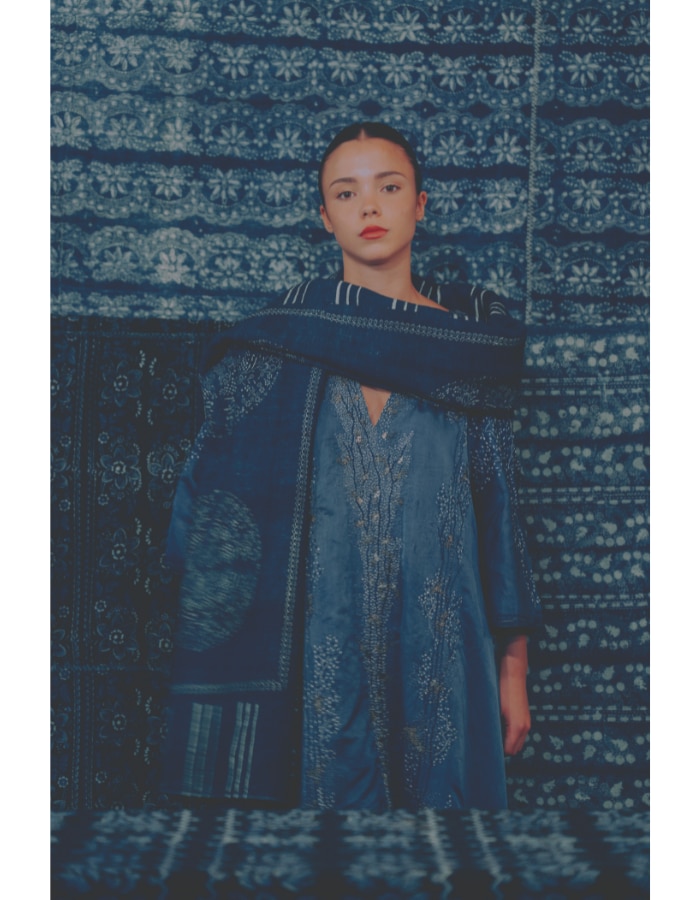
Indigo dyed and embroidered satin-silk kaftan, Wear Art by Hansika; antique handwoven Hungarian hemp throw and backdrop textiles, all Lineage Botanical
All looks courtesy textile designers showcasing at XTANT
Creative direction and styling: Vinita Makhija
Photographs by Lana Engel
Hair and make-up: Estrella Serrano
Models: Isela M-Morán Sánchez and Isabel Moore at Towanda models
Creative production: Biel Peretta
This article originally appeared in the Harper's Bazaar India June-July print edition.
Also read: How to style bermuda shorts, summer’s coolest trend
Also read: From beach to the street: Why makeshift sarongs are everywhere


